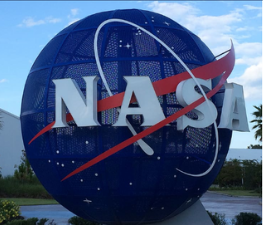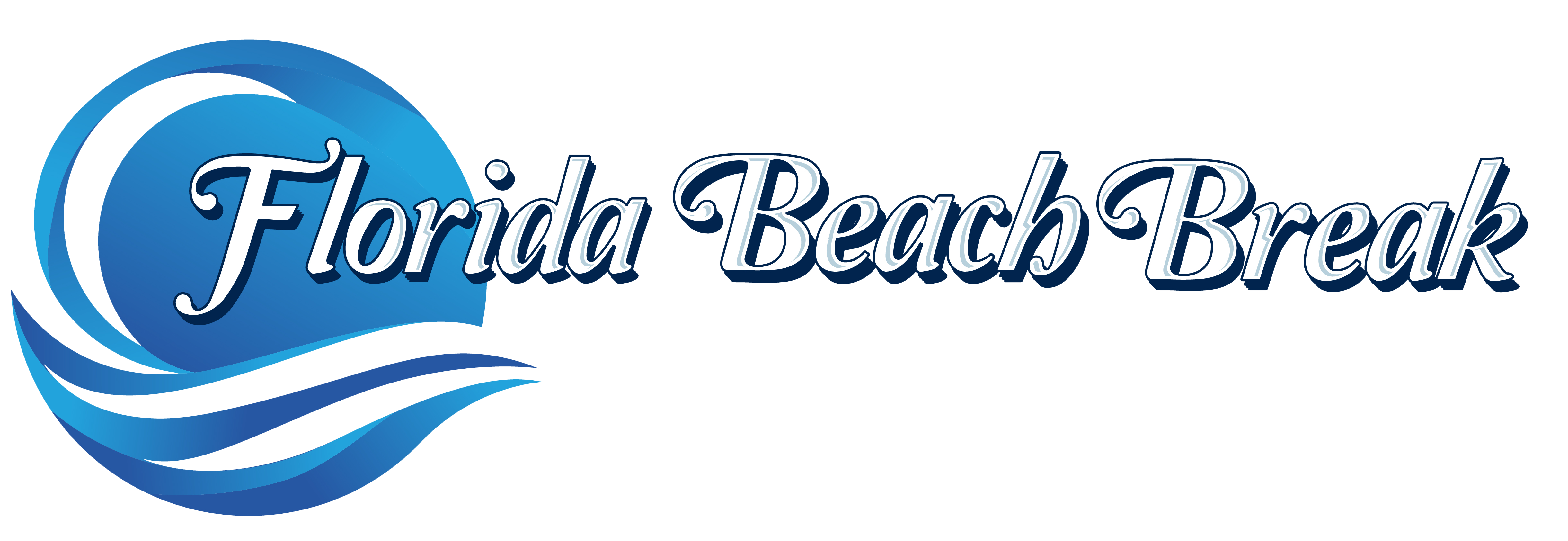
"That's one small step for man, one giant leap for mankind”.
The words that left Neil Armstrong's mouth on July 20th, 1969 set fire to the hearts of Americans as the first words any human had spoken while standing on a celestial body were spoken by a fellow American. What is lesser known, is the history and importance of the small strip of land that Armstrong, Aldrin, and Collins stepped foot off of while entering the Apollo Command and Service Module that took them to the moon.
With Cold War era tensions still echoing through into the sixties, the US and the Soviet Union became intertwined in a cut throat race to achieve firsts in human space flight capabilities. In 1961, the USSR successfully launched Yuri Gagarin into orbit making them the first to have a man in space.
USSR - 1, United States - 0.
In 1963, the Soviet Union sent Valentina Tereshkova into orbit marking the first woman in space.
USSR - 2, United States - 0.
After the Soviet Union continued to dominate with extended flight durations and space walks, the US turned all of its attention to being the first country to put a man on on the moon. President Kennedy’s speech in 1962 declared “We choose to go to the Moon. We choose to go to the Moon...We choose to go to the Moon in this decade and do the other things, not because they are easy, but because they are hard”.
Those words compelled the American people to shoot for the stars and accept nothing less. Thus was the beginning of a period of one of the biggest scientific and technological achievements by humankind.
With congressional approval, NASA established the Launch Operations Center which was located on a strip of land, Merritt Island, just off the eastern coast of mainland of Florida for the Apollo Lunar Landing Program. NASA had used the Cape Canaveral Air Force Station for Project Mercury and Gemini, the precursors to the Apollo Program.
An east coast location proved vital due to the earths natural rotation. A rocket traveling eastward gets a boost from the earths west to east rotation with the added benefit of traveling over water as opposed to populated locations. The natural boost gained off a spinning sphere is at its greatest at the spheres widest point. Therefore, the proximity of Cape Canaveral, 28.5 degrees above the equator, gave a rocket an addition 914 miles per hour of boost leaving the earths surface. For these reasons, Cape Canaveral was chosen to be the permanent home for NASA’s rocket launches at the Launch Operations Center. In 1963, the name was changed by President Lyndon B. Johnson to John F. Kennedy Space Center due to the tragic event occurring in Dealey Plaza that November.
After completing the facilities at the Launch Complex 39, which consisted of Launch Control Center, Pads A and B, and the Vehicle Assembly building, the Nasa Kennedy Space Center Headquarters building was finished and opened in 1965. Upon opening, the otherwise sleepy beachside towns of Cape Canaveral, Cocoa Beach (which was later deemed Space Capital U.S.A.), and other surrounding communities began to experience an influx of engineers, directors, scientists, and astronauts amongst many others directly involved in the space program. Not to mention the droves of people who traveled to watch a rocket launch and soak up the opportunity to be a part of history. Naturally, this grew the local tourism and the economy started to boom.
Throughout the Apollo program NASA launched 24 astronauts from that slip of land off mainland Florida between December 1968 and December 1972 with the most famous being Apollo 11 in which the U.S. won the space race to the moon and established dominance of the stars. Following Apollo 11’s landing, an additional five missions launched from Kennedy Space Center on Merritt Island landed on the moon with Apollo 17 being the last in 1972. Apollo 17 left a commemorative plaque on the lunar surface that stated…
Here man completed his first explorations of the moon.
December 1972.
May the spirit of peace in which we came be reflected in the lives of all mankind.
- Eugene A. Cernan - Ronald E. Evans - Harrison H Schmitt -
- Richard Nixon -
No man has since stepped foot on the moon.
The space shuttle program STS (Space Transport System) officially began in 1972 with the idea that a reusable shuttle would save on D.C.’s pocketbooks. However, it wasn’t until March 25th, 1979 that the first space shuttle, Columbia, arrived at Kennedy Space Center.
In 1981, Shuttle Columbia Mission STS-1 was launched from Launch Complex 39 Pad-A and once again brought a U.S. space program back to the Space Coast. In the years following, Challenger, Discovery, Atlantis, and Endeavour all made their way to Kennedy to launch for missions such as Discovery’s trip to deliver the Hubble Space Telescope to orbit.
To celebrate the success of the space program on the Space Coast, Brevard county adopted the area code of 321 from the popular 3…2…1… countdown for lift off.
All in all, the STS program was a wild success with 133 out of 135 missions flown from Kennedy. The tragedies of Challenger in 1986 and Columbia in 2003 both marked inconsolable losses. The final STS flight, STS-135, launched from Kennedy on July 8th, 2011 and put a question mark on what would come next for the area leaving some with possible concerns for those who remembered the end of Apollo.
Looking into the future, the privatization of space travel is keeping the Space Coast’s name alive and the area rich with talent. With companies such as SpaceX, Northrop Grumman, and United Launch Alliance using Merritt Island’s launch facilities, the future of space exploration from the Space Coast is in good hands while NASA is developing the Orion Vehicle with their sights on Mars.
There seems to be no slowing down now that Nasa has paved the way from Merritt Island Florida to reach the final frontier.
